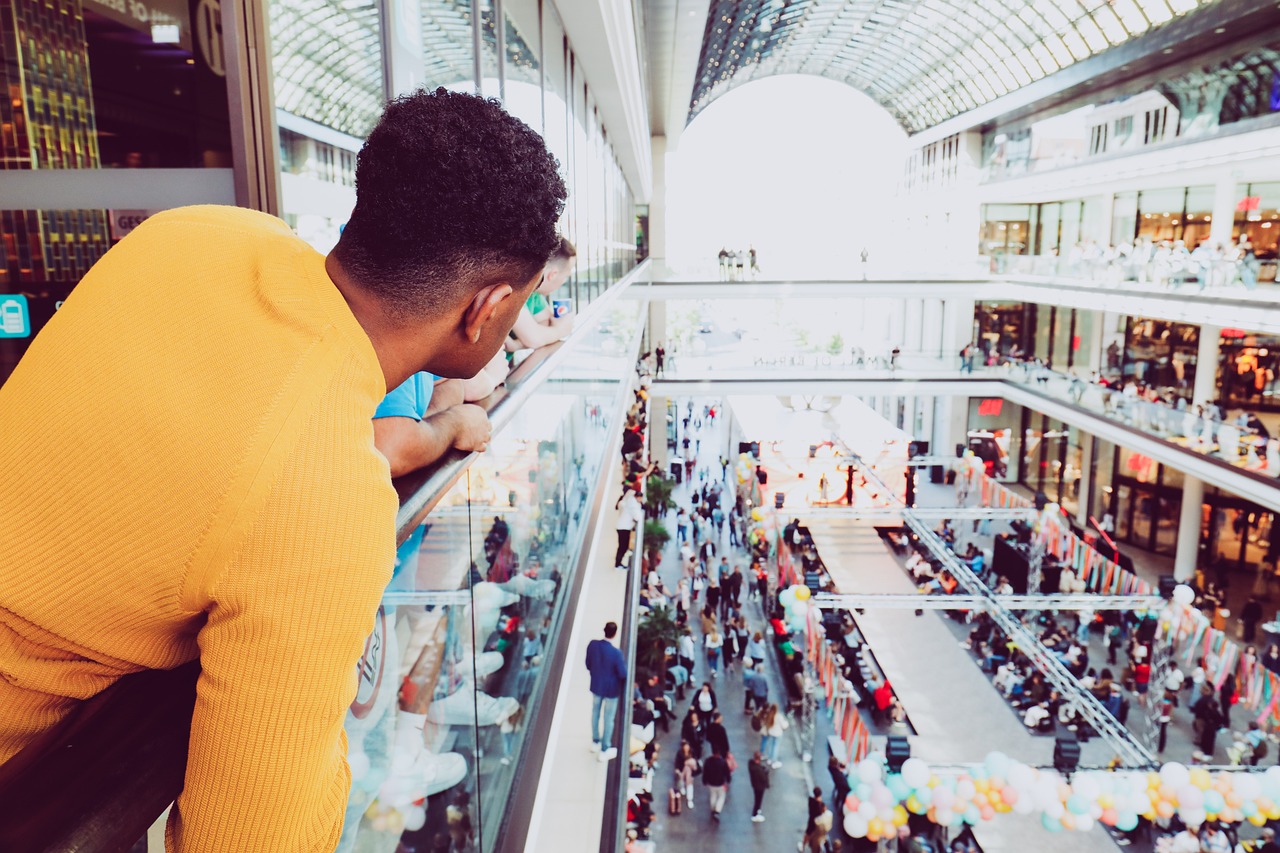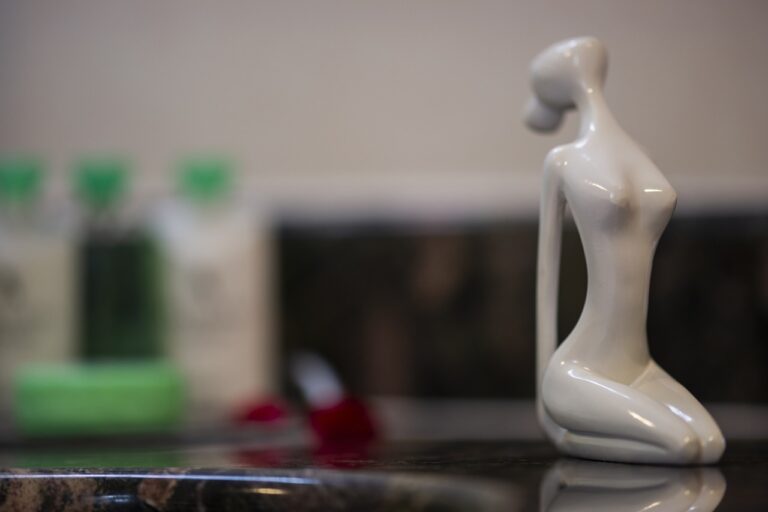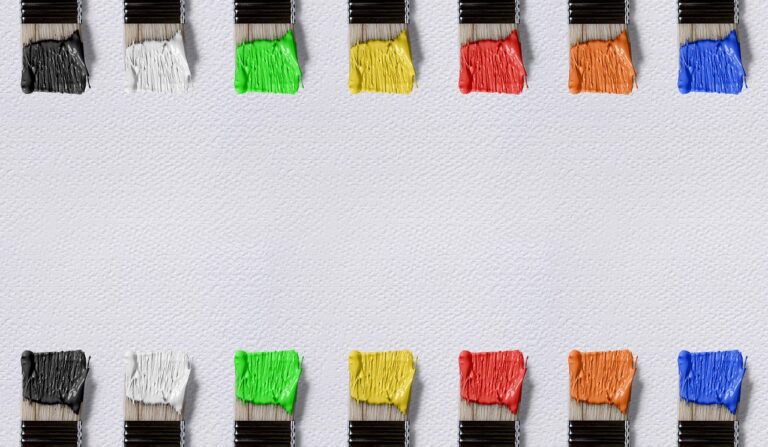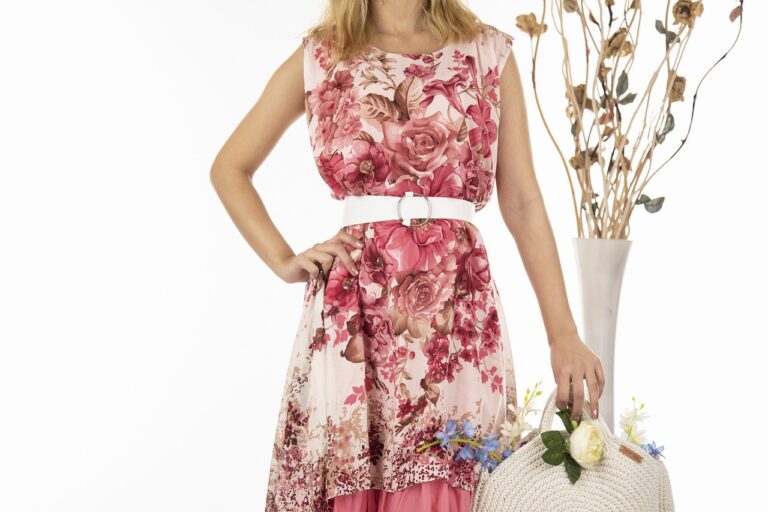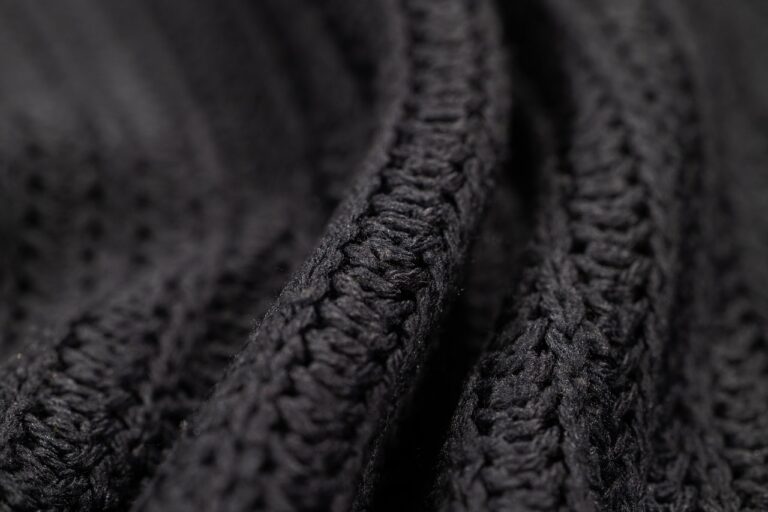The Art of Fashion Merchandising: Creating Visual Stories in Retail
Visual merchandising is a crucial component of any retail environment. It involves creating visually appealing displays that attract customers and encourage them to make purchases. By strategically arranging products, using lighting to highlight key items, and incorporating signage and props, retailers can effectively communicate their brand’s message and enhance the overall shopping experience for customers.
A well-executed visual merchandising strategy can help build brand awareness, increase foot traffic, and ultimately drive sales. It is an opportunity for retailers to showcase their products in a way that differentiates them from competitors and creates a memorable impression on customers. By paying attention to details such as color, symmetry, and focal points, retailers can create a cohesive and engaging shopping environment that entices customers to explore and discover new products.
• Visual merchandising involves creating visually appealing displays
• Strategic arrangement of products, lighting, signage, and props are key elements
• Enhances the overall shopping experience for customers
• Builds brand awareness and drives sales
• Helps differentiate from competitors and create a memorable impression on customers
A well-thought-out visual merchandising strategy can also help retailers effectively communicate promotions or seasonal themes, as well as highlight new arrivals or best-selling items. By regularly updating displays and staying current with trends in design and consumer behavior, retailers can keep their store fresh and exciting for customers. Additionally, visual merchandising can play a role in influencing customer behavior by guiding them through the store layout and encouraging impulse purchases.
Importance of Window Displays
Window displays are a powerful tool for retailers to attract potential customers and entice them to enter the store. It is often the first impression that customers have of a brand or store, making it crucial for capturing their attention and generating interest in the products or services offered. An eye-catching and well-designed window display can create a strong visual impact, drawing in passing foot traffic and increasing the likelihood of impulse purchases.
When done effectively, window displays can also communicate the brand’s identity, values, and unique selling points to customers. By utilizing visual elements such as color, lighting, props, and arrangement of products, retailers can convey their brand message and create a memorable shopping experience for customers. A well-executed window display can set the tone for the entire store, influencing customers’ perception of the brand and ultimately driving sales and customer loyalty.
Creating a Cohesive Store Layout
When designing a store layout, it is crucial to consider the flow of traffic within the space. Customers should be able to move through the store effortlessly, guiding them to different sections and products without feeling lost or overwhelmed. Utilizing strategic placement of displays and fixtures can help create a natural path for shoppers to follow, leading them through the store in a logical and organized manner.
In addition to the physical layout of the store, the visual elements also play a key role in creating a cohesive experience for customers. Colors, lighting, and signage should all work together to convey a consistent brand image and ambiance throughout the space. By coordinating these visual elements appropriately, retailers can enhance the overall shopping experience and reinforce their brand identity in the minds of customers.
What are some key elements of visual merchandising to consider when creating a cohesive store layout?
Some key elements of visual merchandising include using color, lighting, signage, and product placement to create a visually appealing and organized store layout.
Why are window displays important in creating a cohesive store layout?
Window displays are important because they are the first thing customers see when approaching a store, and they can set the tone for the overall shopping experience. A well-designed window display can draw customers in and entice them to explore the rest of the store.
How can I ensure that my store layout is cohesive and well-organized?
To ensure that your store layout is cohesive and well-organized, consider factors such as traffic flow, product placement, and the overall aesthetic of the store. Make sure that each section of the store flows seamlessly into the next, and that products are displayed in a way that is visually appealing and easy for customers to navigate.

